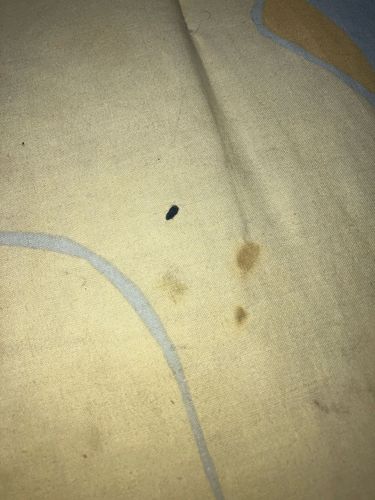Bed bug
Scientific Name: Cimex lectularius
Order & Family: Hemiptera (order), Cimicidae (family)
Size: 4-5 mm (adult)

Natural Habitat
Primarily found in human dwellings, especially beds, mattresses, bed frames, and cracks in walls. They prefer dark, secluded areas close to their human hosts.
Diet & Feeding
Exclusively feed on the blood of humans and other warm-blooded animals. They are nocturnal feeders.
Behavior Patterns
Nocturnal; they emerge from their hiding spots to feed on sleeping hosts. They tend to live in groups and leave behind fecal spots (dark, digested blood) and shed skins as signs of infestation. They are very adept at hiding and can be difficult to eradicate.
Risks & Benefits
Risks: Bed bugs are primarily a nuisance. Their bites can cause itchy red welts, leading to skin irritation, allergic reactions, and secondary skin infections from scratching. They are not known to transmit diseases to humans. Benefits: None for humans; they are considered pests.
Identified on: 10/3/2025